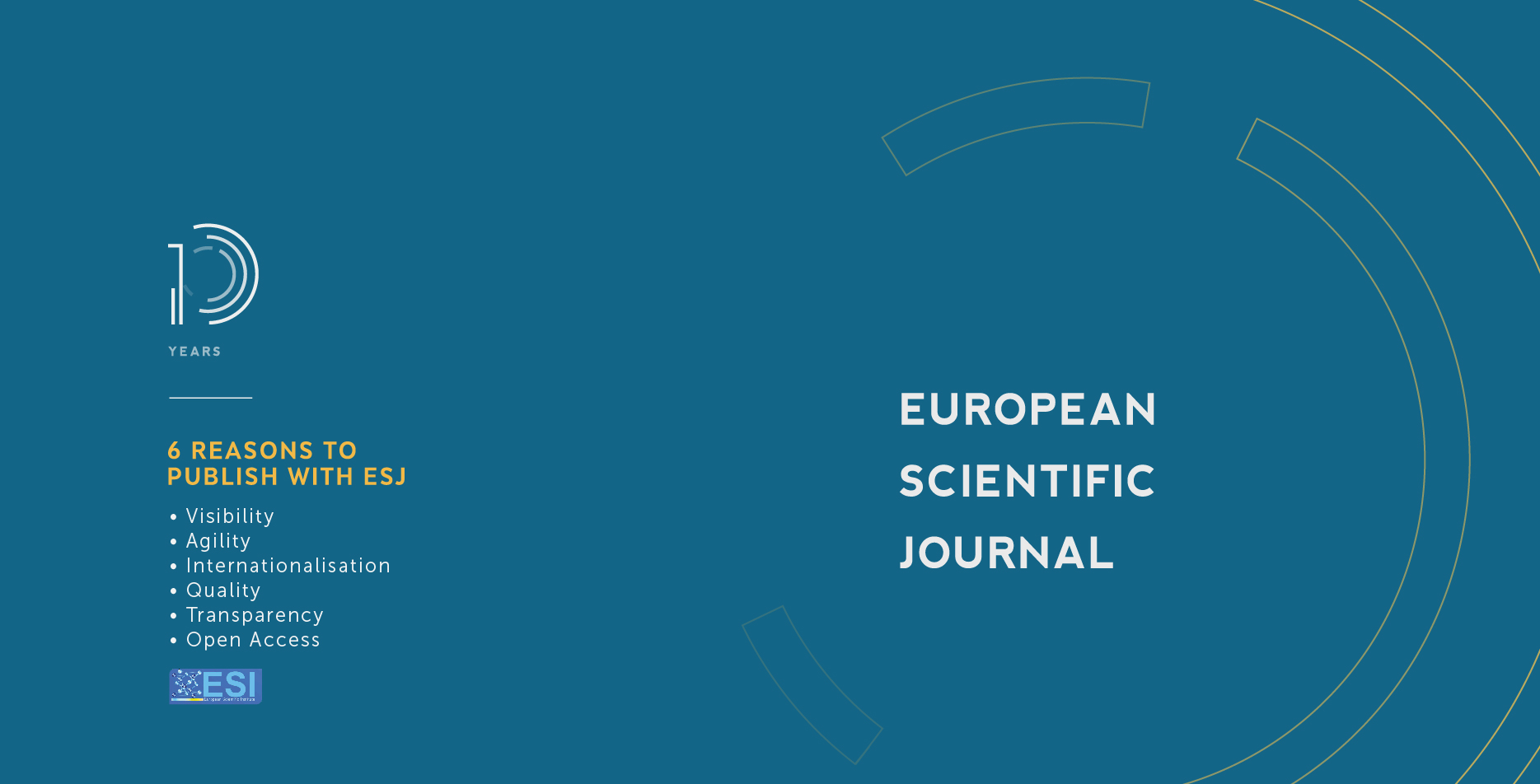Challenges for Western Balkan Countries Regional Integration: the Case of North Macedonia
Abstract
This paper aims to elaborate on the possibilities that increased regional integration initiatives can have in boosting mutual trade among the countries in the Western Balkans region, such as: creating a Regional Economic Area by 2023; the creation of a Common Regional Market based on EU rules in the period 2021-2024 and the initiative “Open Balkan” created between North Macedonia, Serbia, and Albania for enabling free movement of goods and free movement of workers. For our research, the gravity model of trade for North Macedonia covering the period 2005-2020 is applied. The influence of bilateral and regional trade agreements on the country’s trade is analyzed. The results have shown that for North Macedonia, CEFTA-2006 membership has higher significance for increasing trade when compared to the agreement signed with the EU and to the other bilateral free trade agreements signed with EFTA, Turkey, and Ukraine. This paper point out that deepening trade integration through different regional initiatives could have a positive influence on increasing mutual trade.
Downloads
Metrics
PlumX Statistics
References
2. Aliu-Zhuja, D., & Nallbani, V. (2014). Integration agreements and their impact on integration of Kosovo in the European Union. European Scientific Journal, 10(32).
3. Almog, A., Bird, R., & Garlaschelli, D. (2019). Enhanced gravity model of trade: reconciling macroeconomic and network models. Frontiers in Physics, 7, p.55, https://doi.org/10.3389/fphy.2019.00055.
4. Anderson, J. E., & Van Wincoop, E. (2003). Gravity with gravitas: A solution to the border puzzle. American economic review, 93(1), pp. 170-192, https://doi.org/10.1257/000282803321455214.
5. Begović, S. (2011). The Effect of Free Trade Agreements on Bilateral Trade Flows: The Case of CEFTA, Zagreb International Review of Economics & Business, Vol. 14 (2), pp. 51–69.
6. Bertelsmann Stiftung (2020). Pushing on a String? An evaluation of regional economic cooperation in the Western Balkans, https://doi.org/10.11586/2020047.
7. Fetahu, E. (2014). Trade integration between Albania and European Union a gravity model based analysis. European Scientific Journal, 10(7). https://doi.org/10.19044/esj.2014.v10n7p%p.
8. Grieveson, R., Holzner, M., & Vuksic, G. (2020). Regional Cooperation in the Western Balkans: The Role of Stabilisation and Association Agreements, Bilateral Investment Treaties and Free Trade Agreements in Regional Investment and Trade Flows. WIIW Research Report, No. 445.
9. Head, Keith. (2003). Gravity for beginners. University of British Columbia.
10. Helpman, E., Melitz, M., & Rubinstein, Y. (2008). Estimating trade flows: Trading partners and trading volumes. The quarterly journal of economics, 123(2), pp.441-487, https://doi.org/10.1162/qjec.2008.123.2.441.
11. Kikerkova I., Makrevska Disoska E., Toshevska-Trpchevska K., & Tonovska J. (2021). Determinants of the Bilateral Trade Flows of North Macedonia – A Gravity Model Approach, DIEM: Dubrovnik International Economics Meeting, Vol. 6, No.1, 2021, pp. 98-107, https://doi.org/10.17818/DIEM/2021/1.10.
12. Klimczak, Ł. & Trivić, J. (2015). “The determinants of intra-regional trade in the Western Balkans”, Proceedings of Rijeka School of Economics, vol. 33, sv. 1, pp. 37-66.
13. Levitin, O., & Sanfey, P. (2018). Regional cooperation in the Western Balkans. European Bank for Reconstruction and Development (EBRD).
14. Pere, E., & Ninka, E. (2017). International Trade in Western Balkan Countries: Analysis Based on the Gravity Model, The WIIW Balkan Observatory, Working Papers, No. 126.
15. Petreski, M. (2013). Southeastern European Trade Analysis: A Role for Endogenous CEFTA-2006?, Emerging Markets Finance and Trade 49(5): 26-44, https://doi.org/10.2753/REE1540-496X490502.
16. Petreski, M. (2018). Has CEFTA Increased Members’ Mutual Trade? Evidence with an Enlarged Set of Plausibly Exogenous Instruments, Czech Journal of Economics and Finance (68) 3: 293–316.
17. Srbinoski, B., & Petreski, B. (2022). Integrating WB6 towards Integrated EU - a View from North Macedonia. Finance Think. Policy Study No. 40.
18. World Bank (2019). Western Balkan Regular Economic Report, World Bank, Washington D.C.
Copyright (c) 2022 Katerina Toshevska-Trpchevska, Elena Makrevska Disoska, Irena Kikerkova, Jasna Tonovska

This work is licensed under a Creative Commons Attribution-NonCommercial-NoDerivatives 4.0 International License.








